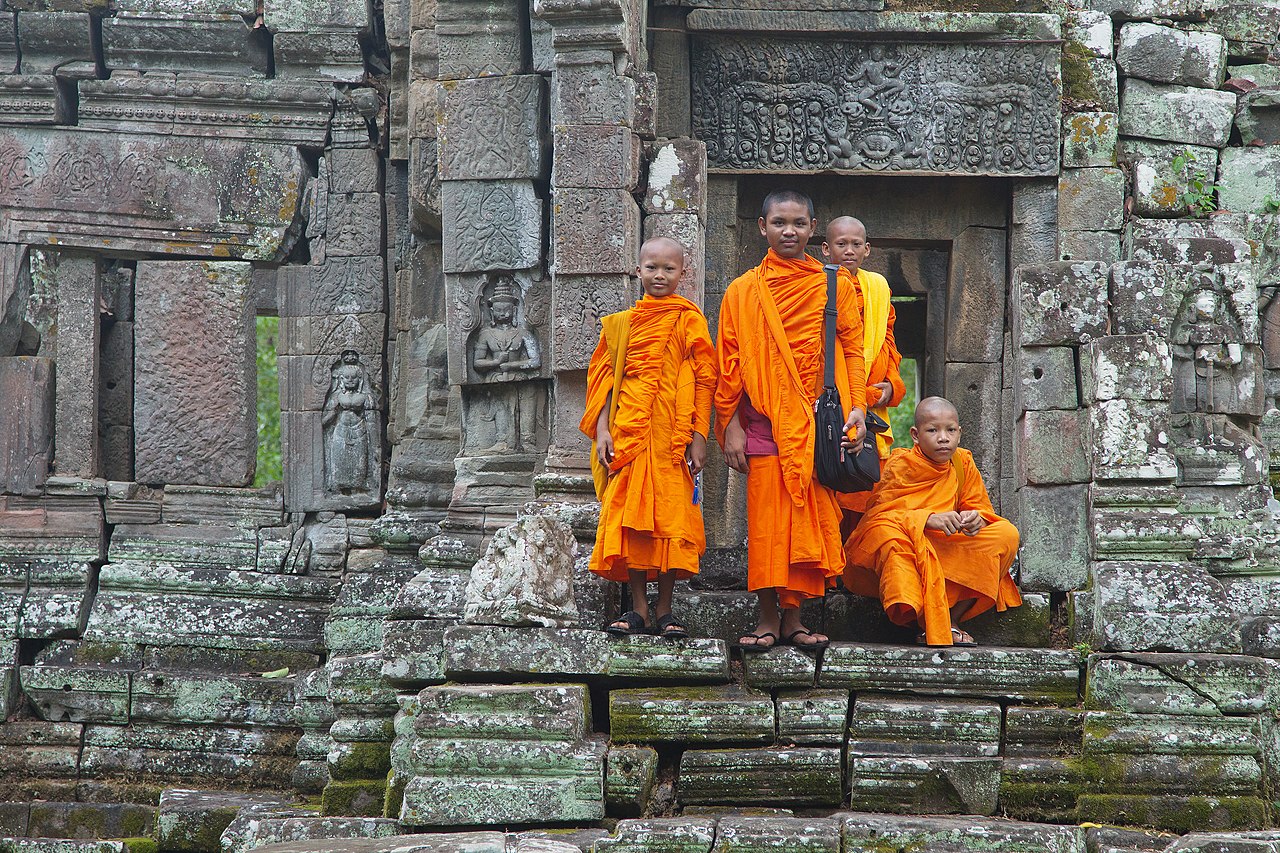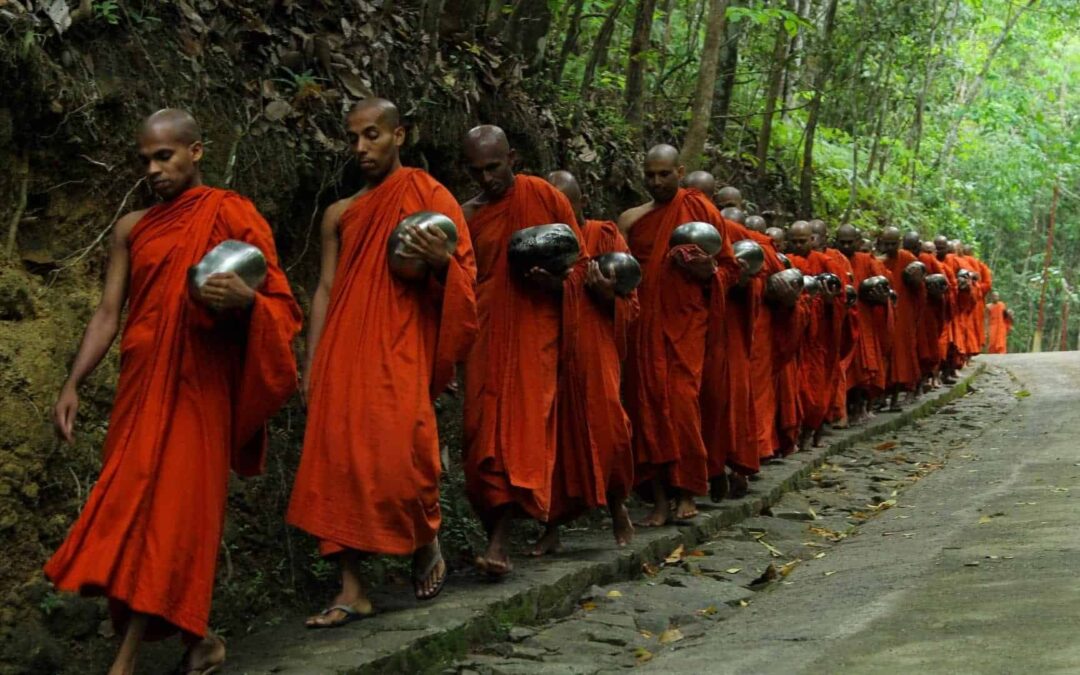In countries like Thailand, Sri Lanka, Myanmar, and Laos, Theravāda monks have long served as custodians of ancient meditation practices. Rooted in the earliest teachings of the Buddha, their approach often emphasizes mindfulness (sati) and concentration (samādhi) through practices such as ānāpānasati (mindfulness of breathing) and vipassanā (insight meditation). Many monks in these traditions spend years or even lifetimes in quiet forest monasteries, engaging in intensive daily meditation and silent retreats. They also frequently teach laypeople through temple visits, public talks, and meditation centers, helping to spread the discipline of mindfulness beyond monastic walls.
Theravāda meditation is known for its simplicity and clarity, focusing on observing thoughts, emotions, and sensations with non-judgmental awareness. This style of meditation has been widely adopted in the West through retreats and programs led by Southeast Asian monks or their Western disciples.

Tibetan Buddhist Monks and Visualization Practices
Tibetan Buddhism, practiced widely in Tibet, Nepal, Bhutan, and parts of northern India, is rich in symbolic rituals and visual meditative techniques. Tibetan monks often engage in practices such as shamatha (calm abiding) and tonglen (sending and receiving), as well as more advanced visualizations involving deities, mandalas, and sacred syllables. These methods are designed not only to calm the mind but to transform it, encouraging compassion, wisdom, and the realization of one’s inner nature.
Teachers such as the Dalai Lama and other revered Tibetan lamas have played a central role in bringing Tibetan meditation to global audiences. While some methods require deep initiation, many Tibetan monks also offer basic mindfulness and compassion practices that are accessible to beginners of any background.
Zen Monks and the Art of Stillness
Zen Buddhism, which flourished in Japan after originating in China as Chan, emphasizes seated meditation (zazen) and direct, experiential understanding of reality. Zen monks live lives of strict discipline, often in silent monasteries where meditation, work, and daily tasks are all considered part of the path. The simplicity of Zen—sitting in stillness, observing thoughts, and letting them pass—contrasts with more elaborate systems, but is equally profound.
Zen teachers stress the importance of presence and direct experience over intellectual study. Many Western Zen centers today follow the guidance of Japanese or Korean Zen monks who have shared these teachings around the world. Their focus on simplicity, silence, and breath resonates with those seeking a clear, grounded approach to meditation.


